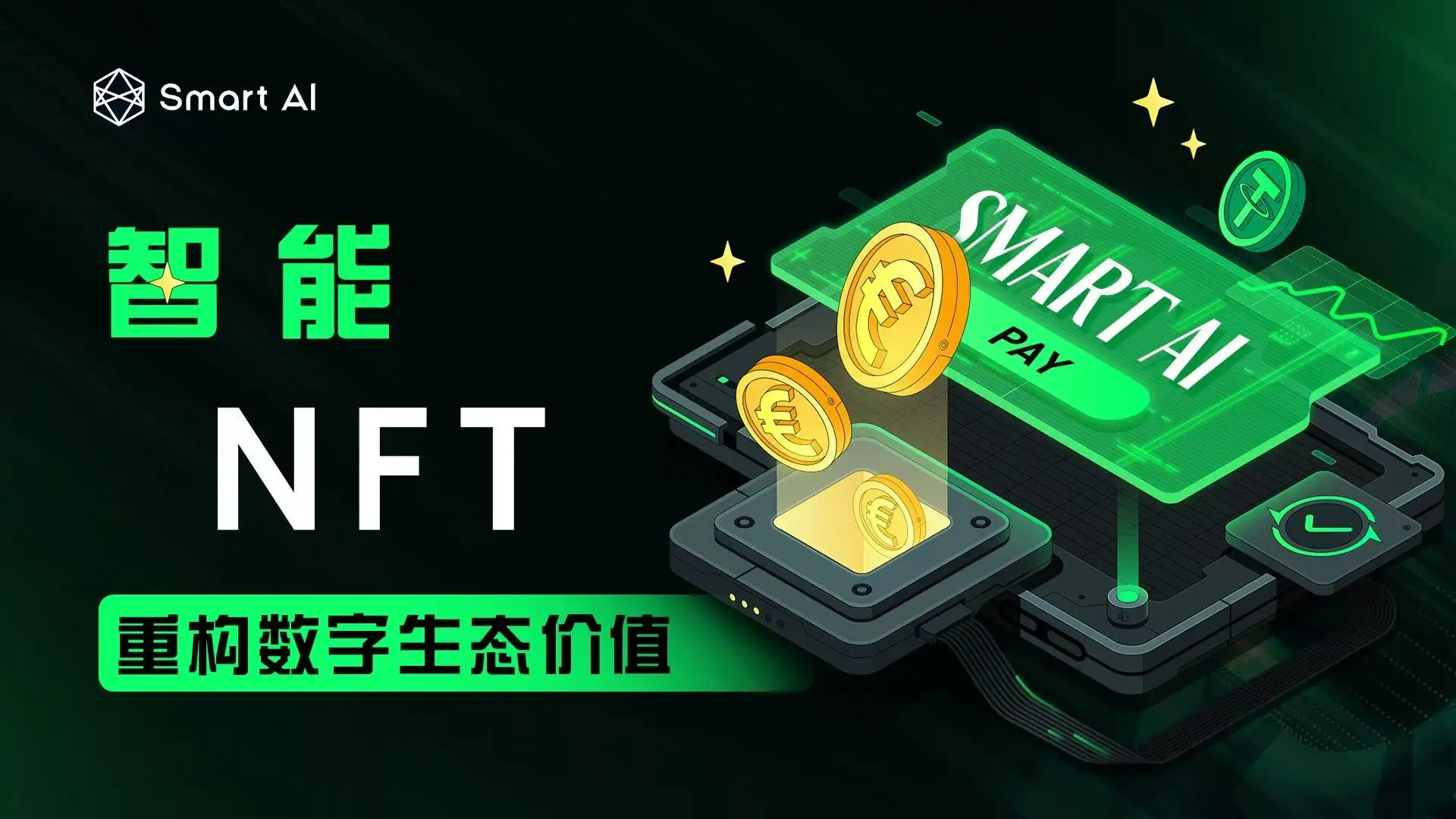zkSync major setback: Airdrop NFTs questioned for insider trading, ecological projects frequently rug pulling, TVL plummets
Author: Nancy, PANews
Undoubtedly, ZK is one of the high-frequency terms in the crypto industry this year, and there was even a popular saying in the community: "short-term OP, long-term ZK." As a leading project, zkSync has naturally attracted much attention, especially as the ZK project with the most funding in the same track and significant bets from star institutions. zkSync has been favored by the market, and driven by the expectations of airdrops, various ecological data have experienced rapid growth in a short period.
However, the NFT "random" airdrop incident has caused zkSync's reputation to plummet. At the same time, ecological projects have been hacked, and a series of Rug events have even led to it being mockingly referred to as a "runaway chain." In a short time, zkSync has found itself in an awkward situation of significant capital outflow and loss of user trust. Once the expectation of token issuance disappears and user trust is exhausted, how long can zkSync's star halo last?
zkSync NFT Random Airdrop Raises Fairness Concerns
Due to the airdrop strategy, zkSync's user base mainly comes from "airdrop hunters." Dune data shows that the number of user addresses on the zkSync Era network exceeds 1.159 million. However, about 58.5% of the addresses entered the zkSync Era network with amounts less than 0.1 ETH, 30% of the addresses have balances between 0.1 and 1 ETH, 11% of the addresses have balances between 1 and 10 ETH, and only 0.5% of the addresses have balances exceeding 10 ETH.

Recently, the random airdrop NFT incident has caused zkSync to lose the "hearts" of airdrop hunters. On July 15, zkSync announced the launch of the experimental NFT project LIBERTAS OMNIBUS and randomly selected 10,000 early mainnet users for airdrops, meaning only 5.5% of addresses were eligible. However, some community users found that these "lucky" wallet addresses all started with 0x0 and questioned the fairness of the "random" airdrop rules.
According to an analysis by Trusta Labs, the NFT airdrop selection rules of zkSync are simplistic and do not consider factors such as activity and interaction levels. In fact, many addresses have not shown outstanding activity duration, transaction counts, or Gas fee contributions. However, this airdrop was merely intended to encourage user participation in the NFT projects within the ecosystem and does not equate to obtaining future token airdrop eligibility. Furthermore, future airdrop standards will expand beyond the conventional to include diversity in ecological contributions.
In response, zkSync promptly apologized and admitted that using the term "random" to describe the initial distribution batch was inaccurate, stating that they would restart the NFT issuance after the Paris EthCC conference. However, based on data performance, the community seems unconvinced.
Not only has the growth of zkSync's address numbers begun to slow down, with only about an 8.8% increase since July 15, but the growth rate in the previous half-month was as high as 19.2%. DefiLlama data shows that the locked value during the same period also dropped by over 13.9%, falling back to $160 million.

Main Locked Value Comes from Leading Projects, Widespread Rug Events Trigger Trust Crisis
From the distribution of these locked values, zkSync's TVL mainly comes from SyncSwap, accounting for over 58.2% of the entire chain, while the top ten projects account for nearly 90.1%, with most of these projects being DEXs. This also indicates that the zkSync ecosystem is still relatively barren. In fact, according to information disclosed on the official website, although over 200 Dapps have been deployed on zkSync Era since its launch in March this year, covering areas such as DeFi, cross-chain bridges, NFTs, DAOs, and wallets, only 78 projects are truly marked as "Live on Era."

More critically, the zkSync ecosystem is plagued by chaos, with a series of runaway and attack incidents leading to a significant trust crisis among users. In addition to the recent attack on the leading lending protocol EraLend, which resulted in a loss of $3.4 million and affected the largest DEX in its ecosystem, SyncSwap, projects such as DEX Syncdex, Meme SHIBERA, DEX Merlin, game project Corehunter, DEX Galoswap, and NFT project zkAzuki have also experienced Rug events, some of which were once leading projects.
In this regard, some community users pointed out that such widespread runaways under the expectation of token issuance are abnormal. As ecological projects, the teams should maintain close contact with the official, thus raising suspicions that these runaway projects may have been aware of certain information in advance. Although this is merely speculation, the issues of uneven project quality and a lack of quality native projects in zkSync are undeniable facts.
In the past few months, zkSync has achieved explosive growth and even led many similar projects, but looking at the Layer 2 track, its market share only accounts for 4.27%, while Arbitrum One and OP Mainnet account for as much as 85.6%. Meanwhile, under the NFT incident and collective runaway phenomenon, zkSync's competitors are rising, such as StarkNet, which also has token issuance expectations, seeing over 16.1% growth in locked value in the past seven days. Moreover, with crypto giants like Coinbase, ConsenSys, and Binance also starting to enter the field, the Layer 2 battlefield filled with smoke will become even more unpredictable.
In summary, for zkSync and any crypto project, while airdrop strategies can significantly expand market visibility and scale, relying on such money-spraying methods to achieve long-term user retention and even convert them into loyal users is very challenging. On the contrary, only by truly building a robust ecosystem and enabling users to engage meaningfully can the broadest "moat" be created.









